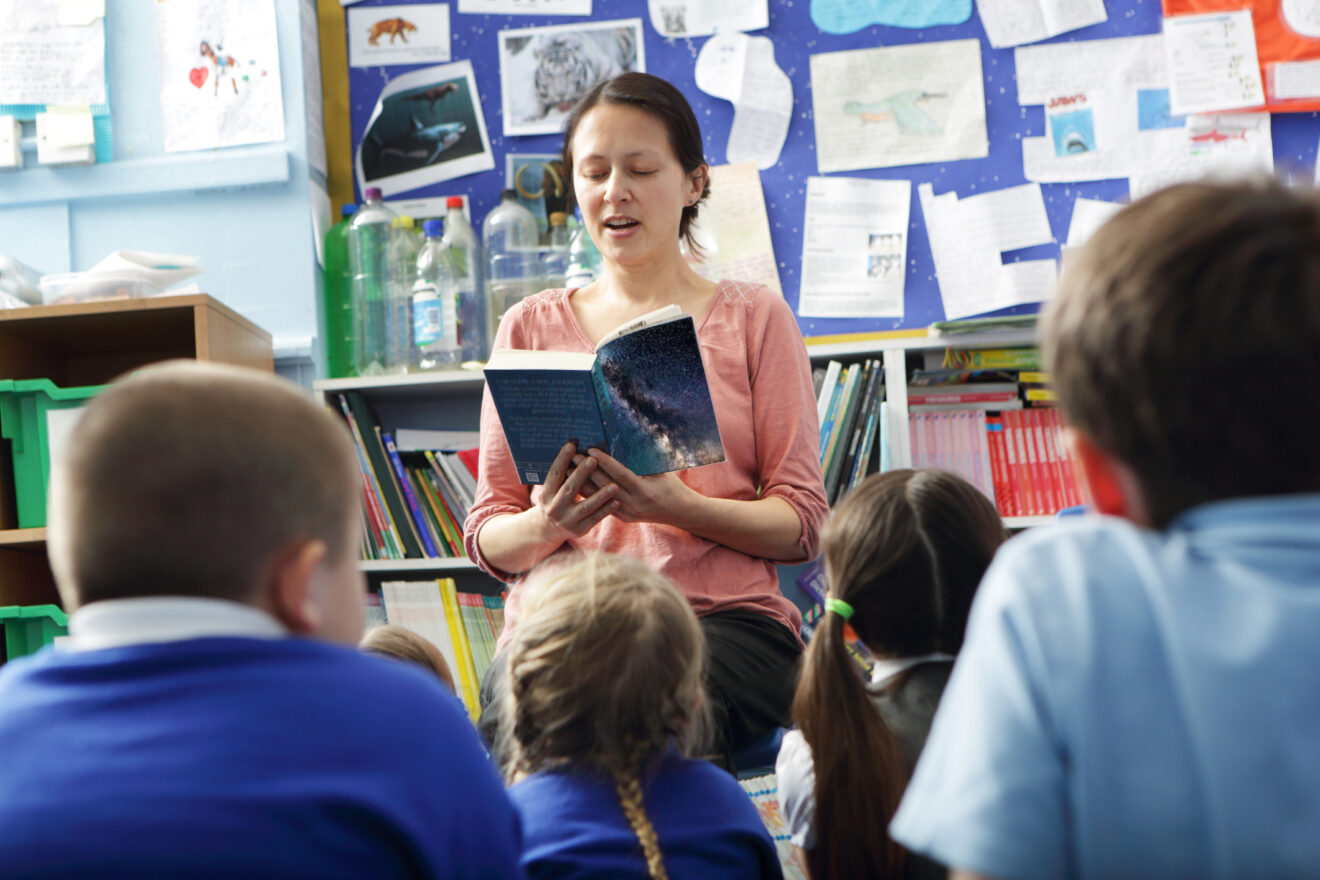The effects of trauma on children have become more prevalent as they exhibit increased signs of distress. A large proportion of students show elevated anxiety and depressive symptoms, suggesting a need to engage them in healthy habits to protect their mental health and support. A remarkable and fairly unknown study conducted by Emmy Werner over 40 years tracked hundreds of newborns until they reached middle age. The study showed how a large group of the children, despite their problematic development histories, thrived throughout their lives, and it’s a springboard into learning how storytelling builds students’ resilience.

This study reinforced much-needed solutions for our post-pandemic world, where children have returned to school sorting through emotional, developmental and social delays. This was a direct result of lengthy periods in isolation. Schools everywhere are facing the challenges head-on.
3 characteristics of resilient people
How were at-risk children in the 40-year study able to beat the odds and lead successful, well-adjusted lives as caring, competent and confident adults?
Werner and her team identified protective factors that helped individuals balance out risk factors at critical stages of their development:
- A strong bond with a non-parental caretaker (teacher, coach, mentor, etc.).
- Involvement in a social group, such as religious or other community affiliation.
- Protective factors within the individual — in other words, internal resilience.
Educators who teach disadvantaged children may understand the viability of the first two. Certainly, mentoring programs done right have a positive effect on children. At‐risk children of all ages can have positive outcomes from mentoring. The same is true for having a strong connection with a group, which provides deeper meaning in being involved in something larger than themselves.
Storytelling helps build internal resilience
But how do we teach internal resilience? This may sound like the one barrier to stacking interventions together to enable children to thrive. A highly effective technique is right at teachers’ fingertips and can be applied with considerably simplistic success; We can help teach internal resilience by using a narrative approach to help foster it.
An analysis of data suggests that using storytelling builds students’ resilience as well as shows attributable gains in emotional well-being and behavior. Teachers, by nature of their work, are harbingers of narrative instruction. While teachers are not psychologists, nor are they expected to provide therapy, their student-filled classrooms provide context to teach through stories. Integrating storytelling can teach a child to believe in self, determination and persistence to achieve. Short stories of inspiration integrated into existing curriculum and instruction are not only possible, they should be regularly infused, especially since learning through storytelling is more effective than the presentation of basic facts. This is a significant factor in influencing memory performance.
Providing students with content through storytelling can boost recall and, therefore, mastery. This makes for a double advantage, increasing the value of teaching through story.
Where to find stories
An excellent source for storytelling in the classroom is ”Top 12 Motivational Stories for Students To Work Hard.” Stories range across subject areas and are followed by a moral to reinforce the message and allow for teacher and student follow-up. For example, a brief history lesson shares the creator of Kentucky Fried Chicken and tells how he overcame adversity as he struggled in school. A clickable link offers more about him from a Wikipedia source.
Why does story have such a powerful impact on learners? When a listener is immersed in a story, they feel as though they are actively participating in the experience. This is why we find stories of inspiration so captivating. A well-told story can create such a profound connection between the speaker and the listener that their brains respond in a similar way. The same parts of the brain are activated in the teller and the listener. The child’s brain responds so strongly to the story that it almost feels like they are living through the events.
This form of mirroring can invigorate the learner to connect with the strength of an inspiring story, much like an audience can be emotionally affected by a captivating movie. Another classroom source is ”3 Inspiring Short Stories on Resilience, which also are followed by a moral to reinforce the message.
The effects of this linger on long after hearing the story, allowing the child to carry the impact of that message far beyond the moment they heard the story. The story does not have to be lengthy, nor should it replace instructional delivery. In fact, it can reinforce the learning experience, matched with the opportunity to nourish students’ resilience. That’s a win-win.
Knock-on results of storytelling building students’ resilience
Remember that stacking or consolidating the three factors above provides a compound effect that exponentially offers a greater result and reaches far more students in need. This can have a strong effect on the entire community.
Providing opportunities in a school community for these mechanisms to take seed, school leaders can set the stage for and arrange the access points for faculty to contribute to the process of building students’ resilience. Serving as mentors, aligning students to school activities such as clubs, and sharing stories of personal or third-party resilience provide for a far-reaching, cumulative impact.
Michael Gaskell, Ed.D., is the author of a new book, “Radical Principals,” and a veteran principal in New Jersey working at Hammarskjold Upper Elementary School in East Brunswick.
Opinions expressed by SmartBrief contributors are their own.
_________________________
Subscribe to SmartBrief’s FREE email newsletter to see the latest hot topics on EdTech. It’s among SmartBrief’s more than 250 industry-focused newsletters.
